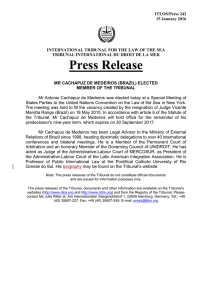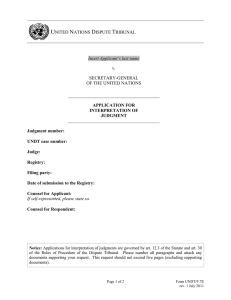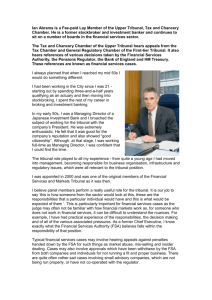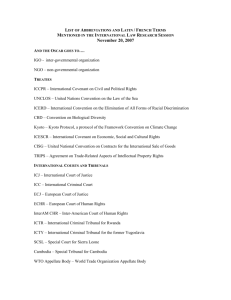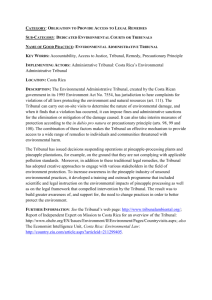Reputation risk assessment
advertisement
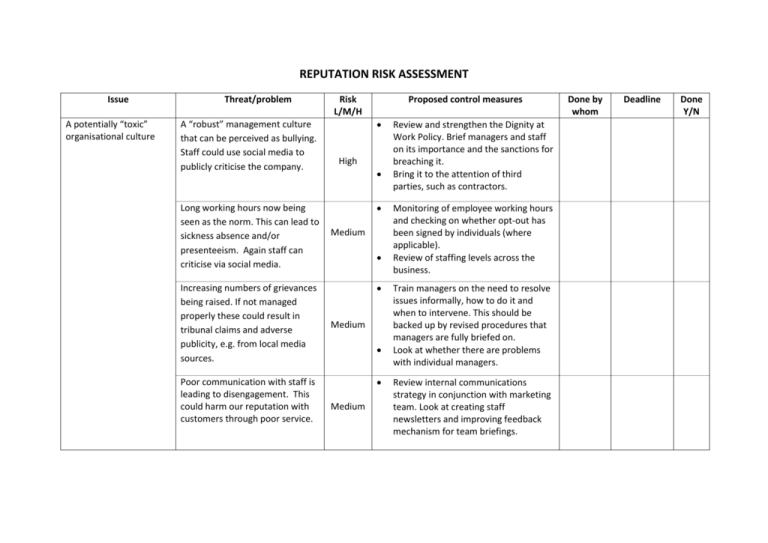
REPUTATION RISK ASSESSMENT Issue A potentially “toxic” organisational culture Threat/problem A “robust” management culture that can be perceived as bullying. Staff could use social media to publicly criticise the company. Long working hours now being seen as the norm. This can lead to sickness absence and/or presenteeism. Again staff can criticise via social media. Increasing numbers of grievances being raised. If not managed properly these could result in tribunal claims and adverse publicity, e.g. from local media sources. Poor communication with staff is leading to disengagement. This could harm our reputation with customers through poor service. Risk L/M/H Proposed control measures High Medium Medium Medium Review and strengthen the Dignity at Work Policy. Brief managers and staff on its importance and the sanctions for breaching it. Bring it to the attention of third parties, such as contractors. Monitoring of employee working hours and checking on whether opt-out has been signed by individuals (where applicable). Review of staffing levels across the business. Train managers on the need to resolve issues informally, how to do it and when to intervene. This should be backed up by revised procedures that managers are fully briefed on. Look at whether there are problems with individual managers. Review internal communications strategy in conjunction with marketing team. Look at creating staff newsletters and improving feedback mechanism for team briefings. Done by whom Deadline Done Y/N Issue Weak and badly applied HR policies can lead to reputation damage due to: Threat/problem Failure to manage employee use of social media, such as personal blogs and Twitter. Not managing the content uploaded to business social media channels. Non-compliance with employment law requirements: Use of unpaid internships could tarnish our image due to bad press and accusations of slave labour, e.g. Tesco experience. Insufficient understanding of employment law requirements, which can lead to tribunal claims reported in the media. Inappropriate employee monitoring can lead to complaints to the Information Commissioner and/or the charity – Liberty. Risk L/M/H Proposed control measures High High Medium Medium Low Review our social media policy to see what controls we exercise over what employees can post about us. Train staff on new policy requirements and retain right to levy disciplinary sanctions over any breaches. Whilst avoiding micro-management, ensure those responsible for uploading content adhere to guidelines on what message we want to get across. Ensure that any internship offered is genuine and not “work” in disguise. Update our policy to reflect the latest employment tribunal position and brief supervisors/managers on the changes. Review current level of training of those responsible for updating and disseminating employment law updates and HR policies. Look at internal/external employment law courses and updates. Look at data protection policy and provide extra management training if necessary on the Information Commissioner’s Employment Practices Code. Done by whom Deadline Done Y/N



